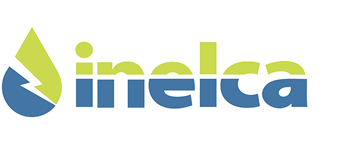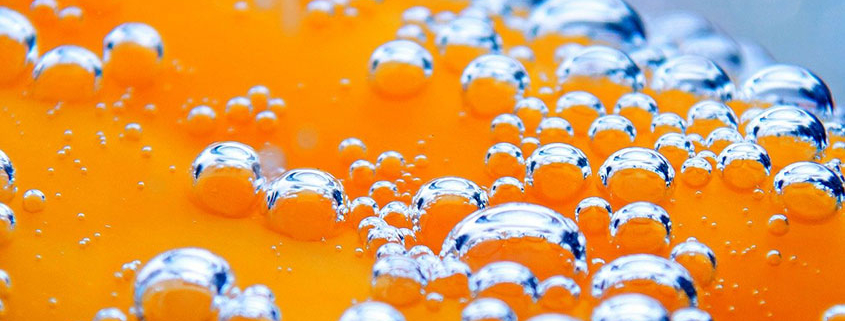ZnNi and Hydrogenation
One of the drawbacks of electrolytically deposited coatings is the possibility of hydrogenation.
In some of the phases of the coating application process, such as pickling or the deposition phase itself, hydrogen formation occurs on the metal surface to be coated as an auxiliary reaction.
This hydrogen, in monatomic form, can diffuse within the metal structure, producing fragility in it.
This monoatomic hydrogen diffused in the structure of the metal to be coated must be extracted, by means of thermal treatments, before it changes to diatomic hydrogen, at which time it is no longer possible to extract it by conventional dehydrogenation methods.
Zinc-nickel, due to the properties of the deposited layer and the deposition characteristics of that layer, has a much less tendency to hydrogenation than other Zn coatings and other alloys.
i) Properties of the deposited layer:
The deposited zinc layer is not very porous, preventing the hydrogen, which may have diffused in the metal structure to be coated, from being expelled if not by means of heat treatments. On the contrary, the zinc-nickel layer is much more porous and allows the possible diffused hydrogen to be evacuated before going to diatomic form.
ii) Deposition characteristics:
In the first moments of the deposition phase of the zinc-nickel coating, a small nickel layer is generated on the surface of the metal to be coated. This nickel acts as a catalyst in the reaction of the passage of monoatomic to diatomic hydrogen, so that, in this way, it does not diffuse within the base metal structure.






Leave a Reply
Want to join the discussion?Feel free to contribute!